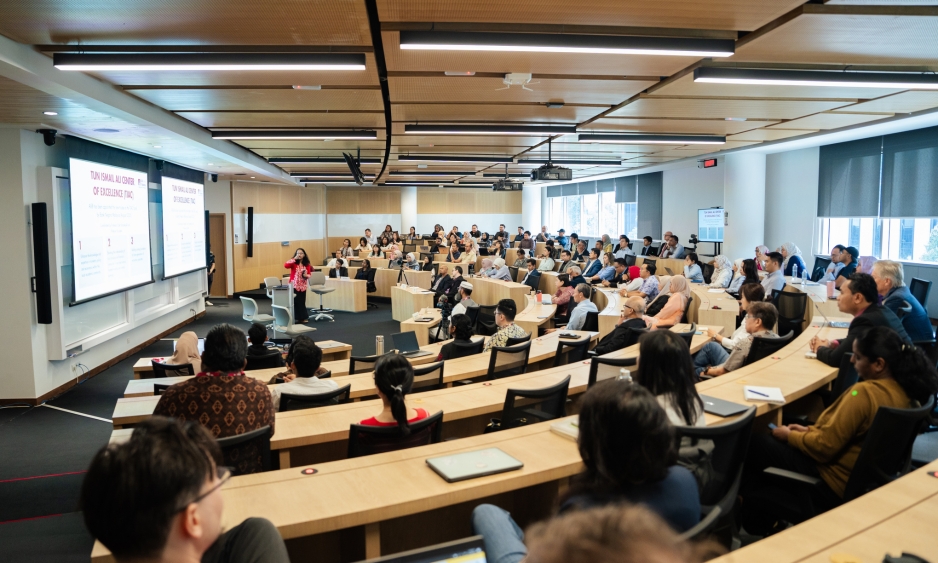Ozer Karagedikli
Home » Faculty & Research » Resident Faculty » Ozer Karagedikli

Professor of Practice
Area of Expertise:
Biography
Ozer is a Professor of Practice at Asia School of Business.. He joined ASB in January 2022 after three years with the Southeast Asian Central Banks Research and Training (SEACEN) Centre in Kuala Lumpur where he was a senior economist. At ASB he teaches research methods, data analytics, and contemporary issues in macroeconomics. He also delivers related executive education courses, which can also be customized on demand. Prior to moving to Malaysia, he had been a central banker for 17 years. He worked as an economic adviser in research, modelling, and forecasting teams of the Reserve Bank of New Zealand (RBNZ).
He also had a stint at the Bank of England’s International Economic Analysis Division between 2008 and 2009. In addition to his role as an adviser at the RBNZ, he served as the secretary to the Monetary Policy Committee in 2003-2004, managed the External Research Network Initiative (ERNI), and served as the editor of the RBNZ Discussion Paper Series. He also served as a council member of the New Zealand Association of Economists (NZAE), a standing committee member of the Australasian Branch of Econometrics Society (ESAM), an associate editor for the Journal of Economic Surveys, and as a board member for the Orchestra Wellington. He organized/co-organized several conferences, workshops, courses and conference sessions, as well as policy meetings.
In 2014 he co-edited the special issue of the International Journal of Central Banking with John Williams and Gunes Kamber. In 2017, he spent a semester as a visitor at Bilkent University in Ankara. He completed his studies at Victoria University of Wellington in New Zealand. Ozer’s research interests are in the area of macroeconomics, monetary economics, forecasting, international linkages, housing and labour markets. His latest work includes forecast combinations for asymmetrically distributed variables, the effects of different types of forward guidance, housing supply and population growth, the role of job-to-job transitions and wage growth, and the role of different types of credit.




